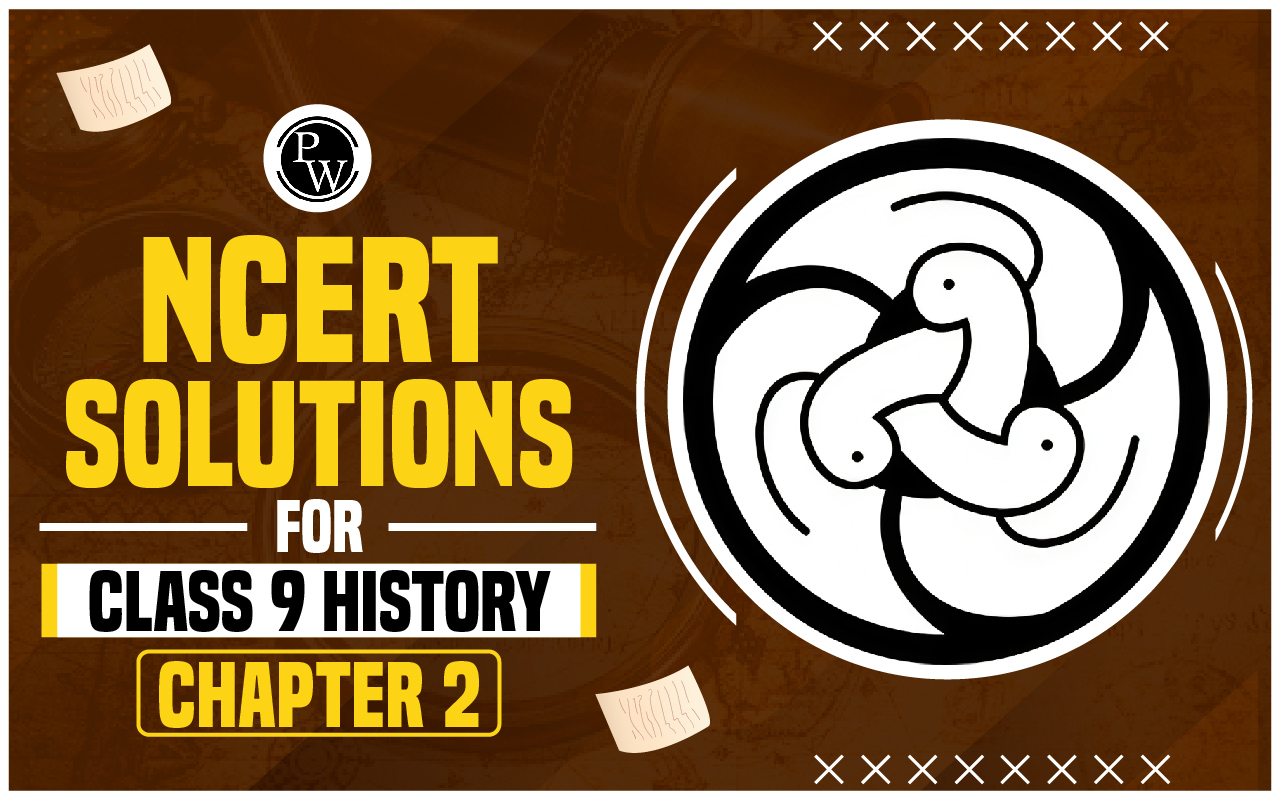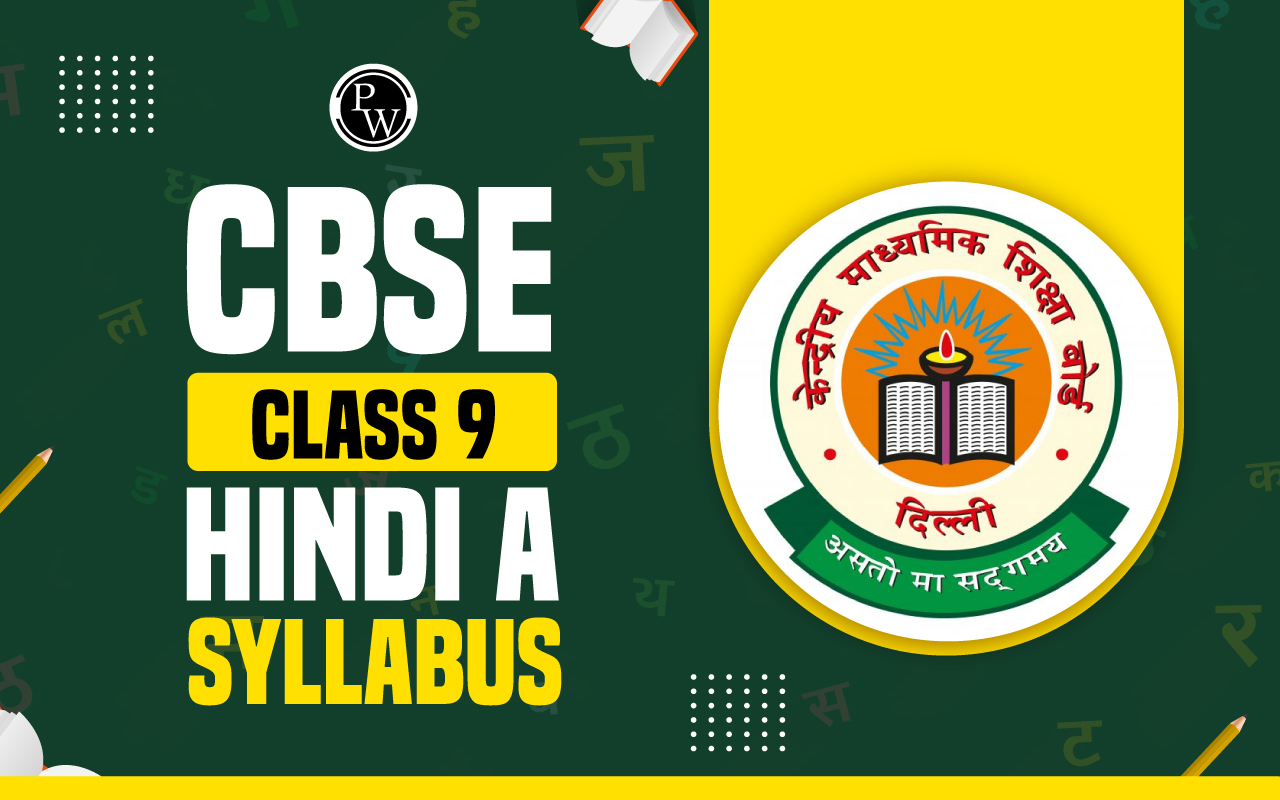
Important Questions for Class 9 Maths Chapter 1: Important Questions for Class 9 Maths Chapter 1 Number System explores the different types of numbers, including rational and irrational numbers, integers, and whole numbers. Key concepts include representing real numbers on a number line, finding square roots and cube roots, and understanding rationalization of denominators.
Important Questions for Class 9 Maths Chapter 1 often cover converting decimals into fractions, identifying irrational numbers, performing operations on real numbers, and solving problems involving laws of exponents. Additionally, questions on locating irrational numbers on a number line and simplifying expressions using real numbers are commonly asked to reinforce conceptual understanding.Important Questions for Class 9 Maths Chapter 1 Overview
Important Questions for Class 9 Maths Chapter 1 Number System focus on understanding and applying concepts like rational and irrational numbers, real numbers, and operations involving them. These questions help students master the fundamentals, such as converting between different forms of numbers, performing operations on real numbers, and using exponents. By solving these questions, students develop problem-solving skills, strengthen their conceptual foundation, and improve their ability to tackle higher-level mathematical problems, which are crucial for future chapters and exams.Important Questions for Class 9 Maths Chapter 1 PDF
Important Questions for Class 9 Maths Chapter 1 Number System
Below we have provided Important Questions for Class 9 Maths Chapter 1 Number System - Question 1: Find out five rational numbers between 1 and 2. Answer 1: We have to find five rational numbers between 1 and 2. So, let us write the numbers with the denominator = 6 Therefore, 6/6 = 1, 12/6 = 2 Now, we can note the five rational numbers between 6/6 and 12/6 as: 7/6, 8/6, 9/6, 10/6, 11/6 Question 2: Express whether the following statement is true or false and give reasons for your answer. Every natural number is a whole number. Answer 2: This statement is true Natural numbers- Numbers beginning from 1 to infinity (without fractions or decimals) That is, The required natural numbers= 1,2,3,4… Whole numbers- Numbers beginning from 0 to infinity (without fractions or decimals) That is, the required whole numbers= 0,1,2,3… Or, we can express that whole numbers include all the elements of natural numbers and zero. Each natural number is a whole number; nevertheless, each whole number is not a natural number. Question 3: Find five rational numbers between ?/? and ?/?. Answer 3: Consider 3/5 < 2/3 Now x = 3/5, y = 2/3 and n = 5 d=?−?/?+1 = (2/3−3/5)/5+1 = (10−9/15)/6 = 1/90 Rational numbers in between x as well as y are x + d, x + 2d, x + 3d, x + 4d and x + 5d Then we obtain, = 3/5 + 1/90 , 3/5 + 2(1/90) , 3/5 + 3(1/90) , 3/5 + 4(1/90) as well as 3/5+ 5(1/90) = 54+1/90 , 3/5 + 1/45 , 3/5 + 1/30 , 3/5 + 2/45 and 3/5+1/18 = 55/90, 27+1/45, 18+1/30 , 27+2/45 and 54+5/90 = 11/18 , 28/45 , 19/30 , 29/45 and 59/90 Question 4:The value of 1.999… in the form p/q , where p and q are integers and q ≠ 0, is (A) 19/10 (B) 1999/1000 (C) 2 (D) 1/9 Answer 4: (C) 2 Explanation: (A) 19/10 = 1.9 (B) 1999/1000= 1.999 (C) 2 (D) 1/9= 0.111…. Let x = 1.9999….. — ( 1 ) Multiply equation ( 1 ) with 10 10x = 19.9999….. — ( 2 ) Subtract equation (1) from equation(2) , We get, 9x = 18 x = 18 / 9 x = 2 Therefore, x = 1.9999… = 2 Hence, (C) is the correct option. Question 5: Find out the required six rational numbers between 3 and 4. Answer 5: There are an infinite number of rational numbers between 3 and 4. As we have to see 6 rational numbers between 3 and 4, multiplying both the given numbers 3 and 4, with 6+1 = 7 (or any other number greater than 6) That is, 3 × (7/7) = 21/7 and, 4 × (7/7) = 28/7. The numbers between 21/7 and 28/7 will be rational and will fall between 3 and 4. Accordingly, 22/7, 23/7, 24/7, 25/7, 26/7, and 27/7 are the required 6 rational numbers between 3 and 4. Question 6: Express whether the subsequent statements are true or false. Give explanations for your answers. (i) Every required natural number is a whole number. (ii) Every required integer is a whole number. (iii) Each and every required rational number is a whole number. Answer 6: (i) Every natural number is a whole number. This statement is true. Natural numbers- Numbers beginning from 1 to infinity (without fractions or decimals) i.e., Natural numbers= 1,2,3,4… Whole numbers- Numbers beginning from 0 to infinity (without fractions or decimals) i.e., Whole numbers= 0,1,2,3… Or, we can express that whole numbers have all the elements of natural numbers and zero. Each natural number is a whole number; nevertheless, each whole number is not a natural number. (ii) Every integer is a whole number. This statement is false. Integers: Integers are numbers containing positive, negative and 0, excluding fractional and decimal numbers. that is, integers= {…-4,-3,-2,-1,0,1,2,3,4…} Whole numbers- The numbers starting from 0 to infinity (without fractions or decimals) that is, Whole numbers= 0,1,2,3…. Therefore, we can say that integers include whole and negative numbers. Each whole number is an integer; however, every integer is not a whole number. (iii) Each and every rational number is a whole number. This statement is false. Rational numbers: All the numbers in the form p/q, where p and q are integers and q≠0. that is ., Rational numbers = 0, 19/30 , 2, 9/-3, -12/7… Whole numbers- The numbers starting from 0 to infinity (without fractions or decimals) that is Whole numbers= 0,1,2,3…. Consequently, we can express that integers contain whole and negative numbers. Every whole number is rational. Nevertheless, every rational number is not a whole number. Question 5: Find out five rational numbers between 3/5 and 4/5. Answer 5: We have to find five rational numbers between 3/5 and 4/5. So, let us write the given numbers by multiplying with 6/6 (here 6 = 5 + 1) Now, 3/5 = (3/5) × (6/6) = 18/30 4/5 = (4/5) × (6/6) = 24/30 Thus, the required five rational numbers will be: 19/30, 20/30, 21/30, 22/30, 23/30 Question 6:The decimal representation of a given rational number cannot be (A)It is terminating (B)It is non-terminating (C)It is a non-terminating repeating (D)It is non-terminating non-repeating Answer 6: (D) It is non-terminating non-repeating Explanation: The required decimal representation of a given rational number cannot be non-terminating and non-repeating. Hence, (D) is the correct option. Question 7: Express whether the following statement is true or false and give reasons for your answer. Every rational number is a whole number. Answer 7: This is a false statement. Rational numbers: All numbers in the form p/q, where p and q are integers and q≠0. that is, Rational numbers = 0, 19/30 , 2, 9/-3, -12/7… Whole numbers- The numbers starting from 0 to infinity (without fractions or decimals) i.e., Whole numbers= 0,1,2,3…. Thus, we can say that integers include whole and negative numbers. All the given whole numbers are rational. Regardless, all rational numbers are not whole numbers. Question 8: Between two rational numbers (A) there are no rational numbers (B) there is exactly one rational number (C) there are infinitely numerous rational numbers (D) there is only a rational number and no irrational number Answer 8: (C) there are infinitely many rational numbers Explanation: Between the two given rational numbers, there are infinitely many rational numbers. Hence, (C) is the correct option. Question 9: Value of (256)⁰˙¹⁶ x (256)⁰˙⁰⁹ is ______. Answer 9: (256)⁰˙¹⁶ x (256)⁰˙⁰⁹ = (256)⁰˙¹⁶ ⁺ ⁰˙⁰⁹ =(256)⁰˙²⁵ =(256) ⁽¹៸⁴⁾ =(4⁴) ⁽¹៸⁴⁾ =4 Question 10: 2√3 + √3 is equal to (A) 2√6 (B) 6 (C) 3√3 (D) 4√6 Answer 10: (C) 3√3 Explanation: 2√3 + √3 Taking √3 commons, We get, √3(2+1) = √3(3) = 3√3 Hence, (C) is the correct option. Question 11: The required value of 1.999… in the form p/q, where p and q are integers and q ≠ 0, is (A) 19/10 (B) 1999/1000 (C) 2 (D) 1/9 Answer 11: (C) 2 Explanation: (A) 19/10 = 1.9 (B) 1999/1000= 1.999 (C) 2 (D) 1/9= 0.111…. Let x = 1.9999….. — ( 1 ) Multiplying equation ( 1 ) with 10 10x = 19.9999….. — ( 2 ) Subtracting equation (1) from equation(2), We obtain, 9x = 18 x = 18 / 9 x = 2 Thus, x = 1.9999… = 2 Therefore, (C) is the correct option. Question 12: Are the square roots of all the positive integers irrational? If not, give an illustration of the square root of a number that is rational. Answer 12: No, since the square root of a positive integer 16 is equal to 4. Here, 4 is a rational number. Question 13: Show that 0.333…. can be expressed in the form of p/q where p and q are integers and q ≠ 0. Answer 13: Let x = 0.3333…. Multiply with 10, 10x = 3.3333… Now, 3.3333… = 3 + x (as we assumed x = 0.3333…) Thus, 10x = 3 + x 10x – x = 3 9x = 3 x = 1/3 Therefore, 0.3333… = 1/3. Here, 1/3 is in the form of p/q and q ≠ 0 Question 14: How many irrational numbers lie between √? and√?? Find any three irrational numbers lying between √? and√?. Answer 14: We know that √2 = 1.414213562 …. √3= 1.7320508075 …. Thus, the three irrational numbers which lie between √2 and√3 are 1.5010010001……., 1.6010010001…….. and 1.7010010001….. Question 15: The product of any of the two irrational numbers is (A) It is always an irrational number (B) It is always a rational number (C) It is always an integer (D) It is sometimes rational and sometimes irrational Answer 15: (D)It is sometimes rational and sometimes irrational Explanation: The product of any of two irrational numbers is sometimes rational and sometimes irrational. Accordingly, (D) is the correct option. Question 16: Let x and y be the given rational and irrational numbers, respectively. Is x + y necessarily an irrational number? Provide an illustration in aid of your answer. Answer 16: Yes, if x and y are rational and irrational numbers, respectively, then x+ y is an irrational number. For example, Let x = 5 and y = √2. Here, x+y = 5 + √2 = 5 + 1.414… = 6.414… Now, 6.414 is the required non-terminating and non-recurring decimal and hence is a given irrational number. Thus, x + y is an irrational number. Question 17: Express whether the following statement is true or false and give reasons for your answer. Every irrational number is a real number. Answer 17: This statement is true. Irrational Numbers – A given number is irrational if it cannot always be written in the p/q, where p, as well as q, are integers and q ≠ 0. That is, The required irrational numbers = π, e, √3, 5+√2, 6.23146…. , 0.101001001000…. Real numbers – The collection of rational and irrational numbers is known as real numbers. i.e., Real numbers = √2, √5, 0.102… Every irrational number is a real number. However, every real number is not an irrational number. Question 18: Which of the following is irrational? (A) √4/√9 (B) √12/√3 (C) √7 (D) √81 Answer 18: (C) √7 Explanation: (A) √4/√9 = 2/3 (B) √12/√3 = 2√3/√3 = 2 (C) √7 = 2.64575131106 (D) √81 = 9 Here, (C) √7 = 2.64575131106 is a non-terminating decimal expansion. Hence, (C) is the correct option. Question 19: Let x and y be the required rational and irrational numbers, respectively. x + y is a given irrational number. Answer 19: Yes, if x and y are the required rational and irrational numbers, respectively, then x + y is an irrational number. For example, Let x = 5 and y = √2. Now, x+y = 5 + √2 = 5 + 1.414… = 6.414… Then, 6.414… is a non-terminating and non-recurring decimal and thus is an irrational number. Accordingly, x + y is a given irrational number. Question 20: Let x be the given rational, and y be irrational. Is xy necessarily irrational? Give a reason for your answer with an example . Answer 20: No, if x is a rational number and y is an irrational number, then xy is not necessarily a given irrational number. It can be the given rational if x = 0, which is a rational number. For Example: Let y = √2, which is irrational. Considering x = 2, which is rational. Now, x × y = 2 × √2 = 2√2, which is irrational. Considering x = 0, which is the given rational. Then xy = 0 × √2 = 0, which is the given rational. ∴ we can also conclude that the product of a given rational and the required irrational number is still irrational, only if the rational number is not zero.Benefits of Important Questions for Class 9 Maths Chapter 1 Number System
The benefits of practicing Important Questions for Class 9 Maths Chapter 1 Number System include:Conceptual Clarity : Reinforces understanding of rational, irrational, and real numbers.
Problem-Solving Skills : Improves ability to tackle diverse problems involving exponents and roots.
Exam Readiness : Familiarizes students with question patterns likely to appear in exams.
Confidence Building : Regular practice boosts confidence in handling complex questions.
Foundation for Higher Classes : Builds a strong mathematical foundation for advanced topics in future grades.
Important Questions for Class 9 Maths Chapter 1 Number System FAQs
Which chapter is most important in Maths class 9?
Which is hardest chapter in Maths class 9?
Which is the most easiest chapter in class 9 Maths?
Is class 9 Maths tough?
How to understand class 9 Maths easily?










